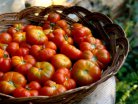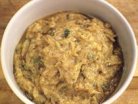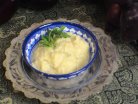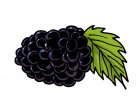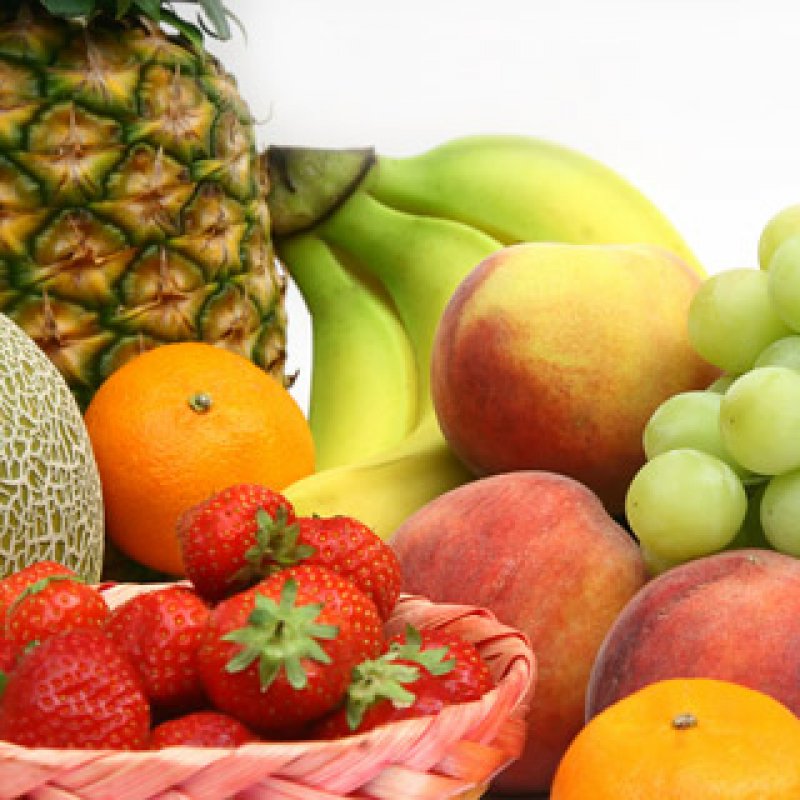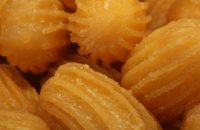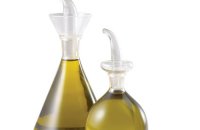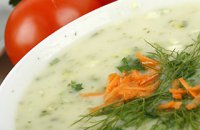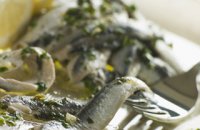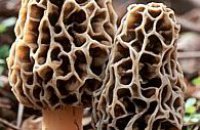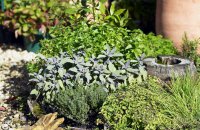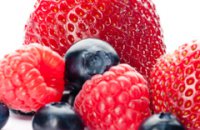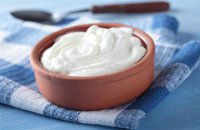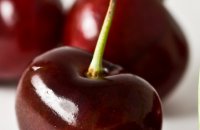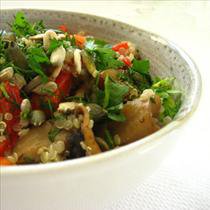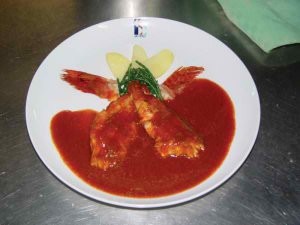Marmalade is distinguished by its steady texture and clear color. Moreover, its flavor should be neither overwhelmingly sweet nor sour. The combination of sugar additives and pectin, as well as a certain variety of acid, a substance that is found naturally within the fruit, sets the fruit and thereby preserves it. Through their conversion to marmalade, fruits can be preserved for around two years.
Since both pectin and the acid can be found in different quantities in various fruits, often two or more fruits are combined in one marmalade. In many cases however, lemon juice or a ready-made pectin is added. There is more pectin in fruits that are slightly unripe because the substance is often concentrated on the skin of such fruits, as well as in larger quantities within the white part of citrus fruits.
How to make marmalade
- Preparation of the fruit: Choose slightly unripe fruit. Wash them well, strain them, and cut off any damaged or bruised parts. Peel and cut them in slices or pieces, depending on the recipe.
- Pectin release: Boil the fruit with or without water so that they become soft and release the pectin. Place them in a large saucepan. Add water, let them come to a boil and simmer them. If you are not following a recipe, try the concentration of pectin when the fruit is soft. Checking the pectin: Put a teaspoon of liquid from the saucepan into a glass. Let it cool off and add 3 teaspoons of methyl alcohol. Let it sit for 3 minutes. If the pectin is high, the liquid will form a lump like jelly. If the jelly has set only a little, the level of pectin is not enough to make marmalade. Boil the mixture a while longer, adding 1 tablespoon of lemon juice for every kilo of fruit. Try again. If it still doesn’t set, use ready-made pectin.
- Boiling with sugar: Use the amount of sugar mentioned in the recipe. For better results, warm up the sugar in the oven before you add it to the fruit – this way the amount of froth on the surface during boiling is reduced. Let the fruit come to a boil and add the sugar. Stir until it has dissolved completely. Let them come to a boil again, without stirring, for as long as the recipe says. (Check with a wooden spoon that the mixture is not burning). The marmalade will set when the right concentration of sugar is achieved. If you are testing with a sugar thermometer, the temperature must reach 105 ºC. You can also put a spoonful of marmalade in a plate. Let it cool off. When it has set, the marmalade will keep its shape and will shrink when you touch it lightly with your finger. If this doesn’t happen the first time, continue boiling, testing every once in a while.
- Placing in jars: Before you put the marmalade in jars, remove any froth from the surface with a spoon. Let the marmalade sit for 10 minutes so that the fruit doesn’t settle down in the bottom of the jar. Put the warm marmalade in warm, sterilized jars, filling them up to 1 cm from the top, and seal immediately. Plastic or plastic covered metal lids are suitable. Or close the jars with wax or special cellophane.
Citrus fruit marmalade is made in the same way as marmalade of any other fruit. However, because the skin of the citrus fruits is hard, the fruit must soak in water all night and their preparation time is longer and with more water. It is important to boil the skin until it softens enough before you add the sugar, because once the sugar is in, the skin does not become any softer. Cutting the citrus fruit requires a lot of time but it can be minimized with the use of a blender or a vegetable grinder. Citrus fruit have a large concentration of pectin or acids so the pectin test is not necessary.
To make marmalade from citrus fruits
- Slice thinly the citrus fruit. Place the fruit and the water in a bowl. Cover them and let them soak overnight.
- Put the fruit and the water in a saucepan and let them come to a boil. Simmer them until their skin softens.
- Add warmed up sugar in the saucepan, stirring until it dissolves completely.
- Boil the fruit without stirring them, until the mixture sets. Use a sugar thermometer to measure the temperature.
- Carefully, empty the marmalade in warm, sterilized jars.
- In order to seal them, pour carefully melted wax. When the jars have cooled, place labels with the date of preparation.
Sterilization of the jars
Wash the jars very well, rinse them out with very hot water and place them upside down to dry. Place the jars standing in the oven, at 150 ºC for 30 minutes. Use them straight from the oven so that they don’t break when you fill them up with marmalade. The lids must be boiled or rinsed with very hot water. In order to not get burned, wear cotton gloves when you are doing this.
|
Pectin Concentration The pectin concentration of fruits varies very much. Some fruits are rich in pectin and make marmalade that sets easily, while others contain less pectin. The pectin levels of some common fruit are: |
||
| High | Medium | Low |
|
citrus fruits wild apples cooked apples arbutus berries raisins (blond and black) plums gooseberries grapes quince |
apricots blackberries, unripe wild plums mulberries huckleberries sweet apples peaches pears pineapple rhubarb strawberries tomatoes |
bananas ripe blackberries cherries figs guava melon nectarines |
































